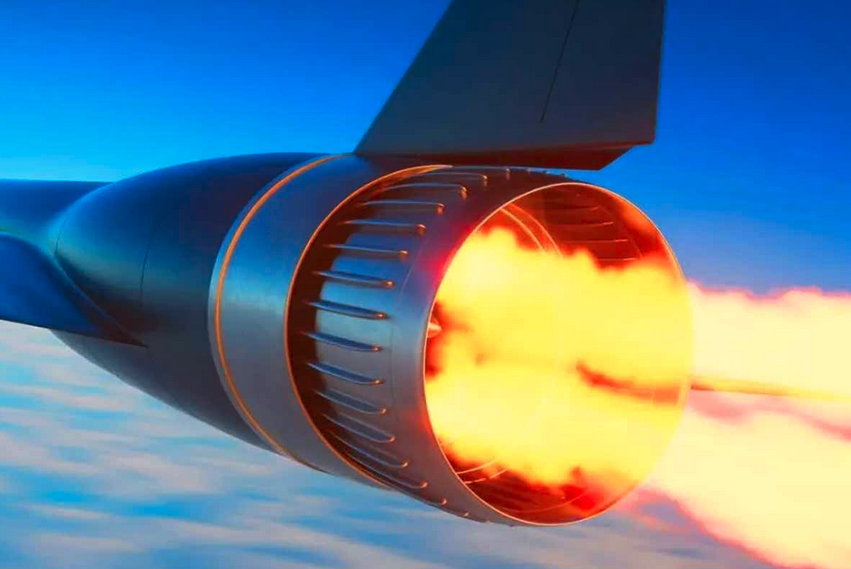Hydrogen-Fueled Hypersonic Jet Could Fly at Mach 12

Australia’s Hypersonix Launch Systems has secured $46 million in Series A funding to advance development of the world’s first reusable, hydrogen-fueled hypersonic aircraft — a jet capable of reaching speeds up to Mach 12, or twelve times the speed of sound. The Brisbane-based company, which employs 45 specialists in engineering, manufacturing and testing, says the investment marks a major breakthrough in its mission to redefine sustainable high-speed flight.
The funding round includes contributions from the National Reconstruction Fund Corporation (NRFC), Queensland Investment Corporation (QIC), and a group of international defense investors. Led by UK-based High Tor Capital, the round also includes participation from European defense firm Saab and Polish investor RKKVC. North Ridge Partners acted as sole financial adviser.
“This raise marks a major milestone as we prepare to launch the world’s first hydrogen-powered hypersonic aircraft,” said Matt Hill, CEO of Hypersonix. The NRFC contributed $10 million — its first investment in Australia’s defense sector — underscoring national interest in sovereign aerospace capabilities.
Founded in 2019 by former NASA research scientist and University of Queensland professor Dr. Michael Smart, Hypersonix is developing a family of high-performance, green hydrogen–powered aircraft built around its SPARTAN scramjet engine. SPARTAN is fully 3D-printed, has no moving parts, and can operate at Mach 5 to Mach 12 while producing zero carbon emissions. Its reusable, low-maintenance design provides a distinct cost and sustainability advantage over traditional scramjet engines.
“SPARTAN is more than a propulsion system — it’s a breakthrough in reusable hypersonic flight,” Smart said. Co-founder David Waterhouse added that the capital raise “validates the vision that Australia could lead the world in sustainable hypersonic flight.”
The new funding supports preparations for the upcoming test flight of DART AE, a 3.5-meter vehicle powered by SPARTAN. The mission, backed by NASA and the U.S. Department of Defense under its HyCAT program, will launch later this year aboard Rocket Lab’s HASTE booster from NASA’s Wallops Flight Facility in Virginia. It is expected to achieve the world’s first sustained hypersonic flight powered by green hydrogen.
Hypersonix was the first company selected under the HyCAT initiative, chosen from more than 60 applicants. DIU program manager Maj. Ryan Weed called the program a “paradigm shift,” viewing hypersonics as an aviation environment rather than solely a missile domain.
The investment will also accelerate development of VISR, Hypersonix’s second aircraft — an 8-meter reusable platform designed for surveillance, rapid payload delivery and space system testing. VISR will use four SPARTAN engines and advanced ceramic composites for high-temperature performance.
For Dr. Smart, Hypersonix represents the transition from decades of academic research into practical aerospace systems. The company’s clean-fuel, fully reusable approach aligns with defense priorities calling for frequent, cost-efficient hypersonic testing.
Hypersonix plans additional fundraising this year to expand manufacturing in Queensland and grow its presence in the United States. With NASA- and Pentagon-backed test flights ahead, the company is positioning Australia as a major player in the global hypersonics race — one built on speed, sustainability and next-generation aerospace innovation.
Related News: https://airguide.info/category/air-travel-business/travel-health-security/
Sources: AirGuide Business airguide.info, bing.com, interestingengineering.com
